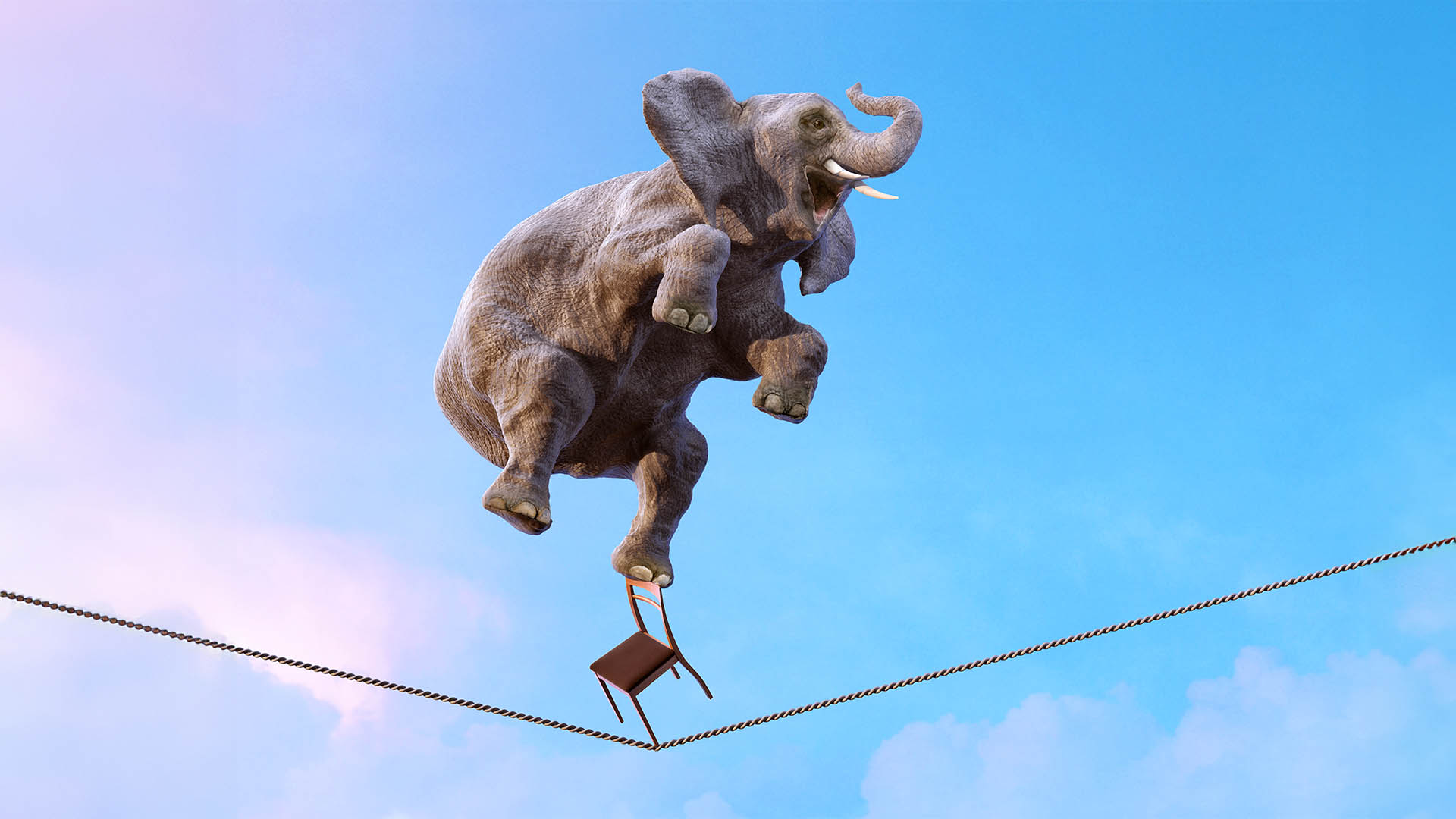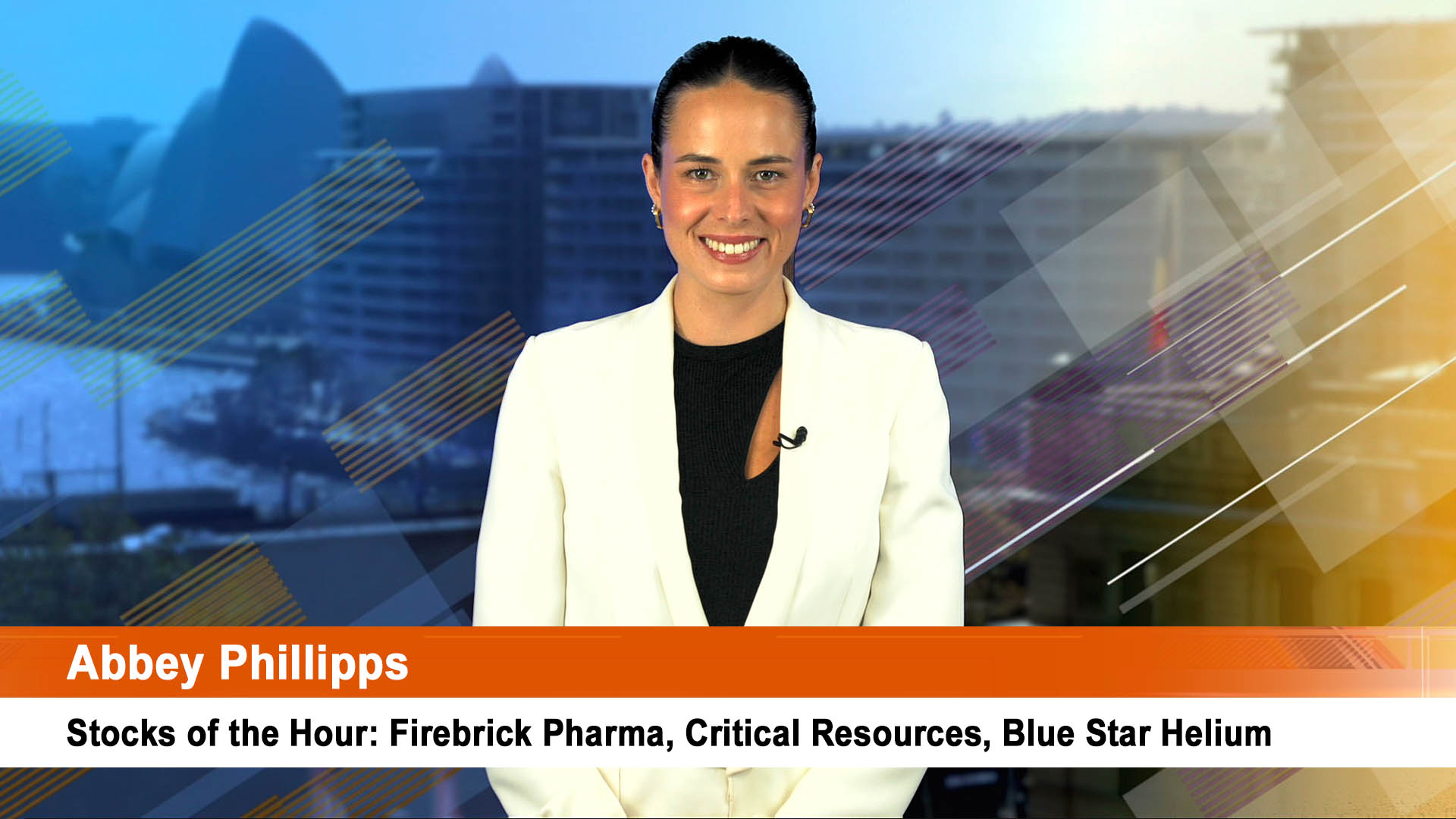The Bank of Japan has finally admitted that it will not reach its long targeted 2% inflation before the end of Haruhiko Kuroda’s term as governor in April 2018, despite spending trillions of yen in the world’s largest example of quantitative easing, plus dabbling with negative interest rates.
Releasing its new economic forecasts after its monthly meeting yesterday, the BoJ said it now expected to hit its inflation target “around fiscal 2018”, which starts from April 2018.
As Mr Kuroda’s five year term ends that month, it means the central bank has missed the target that the whole edifice of the ‘big bazooka’ of monetary policy deployed in April 2013, and significantly expanded two years ago on Monday.
The admission also came as media reports suggested the central bank was finding it harder and harder to buy bonds in the open market as part of its quantitative easing program, especially Japanese government securities.
This is pointing to another failure of Mr Kuroda’s policy – that despite buying hundreds of billions of dollars worth of government bonds, official interest rates and inflation have hardly moved.
But the admission of the inflation miss is also a belated acknowledgement from the central bank that it is willing to tolerate slower progress without adding extra stimulus.
Mr Kuroda began the stimulus in April 2013 with a promise to reach his 2% inflation target in two years, that is now at least three years late.
The BoJ had previously said it would reach 2% inflation “during fiscal 2017” but falling commodity prices, the strength of the yen and modest wage demands delayed that – especially the strength of the currency and the plunge in oil and gas prices since mid 2014.
The bank yesterday left its growth outlook unchanged but trimmed its inflation forecasts from 0.1% to minus-0.1% for the current year, from 1.7% to 1.5% for fiscal 2017, and from 1.9% to 1.7% for fiscal 2018. The latter forecasts still look too high.
“Risks to both economic activity and prices are skewed to the downside,” said the central bank. “On the price front, momentum towards achieving the price stability target of 2 per cent seems to be maintained, but is somewhat weaker than the previous outlook.”
Inflation has slowed in recent months with core prices — excluding volatile food and energy costs — hitting zero for the first time in September since the central bank started easing in 2013. Headline inflation fell 0.5% on a year ago.
But there is also good news. Unemployment is down, and the yen has weakened towards Y105 to the dollar, improving the outlook fore exports. But as to shaking Japan out of its deflationary rut, there is still a long way to go.













